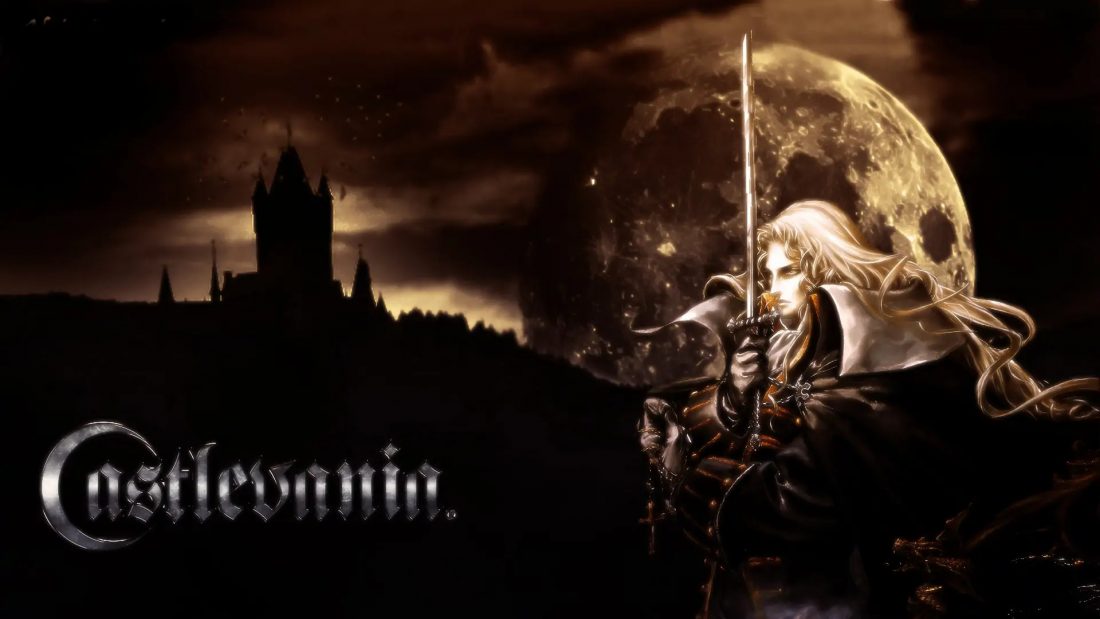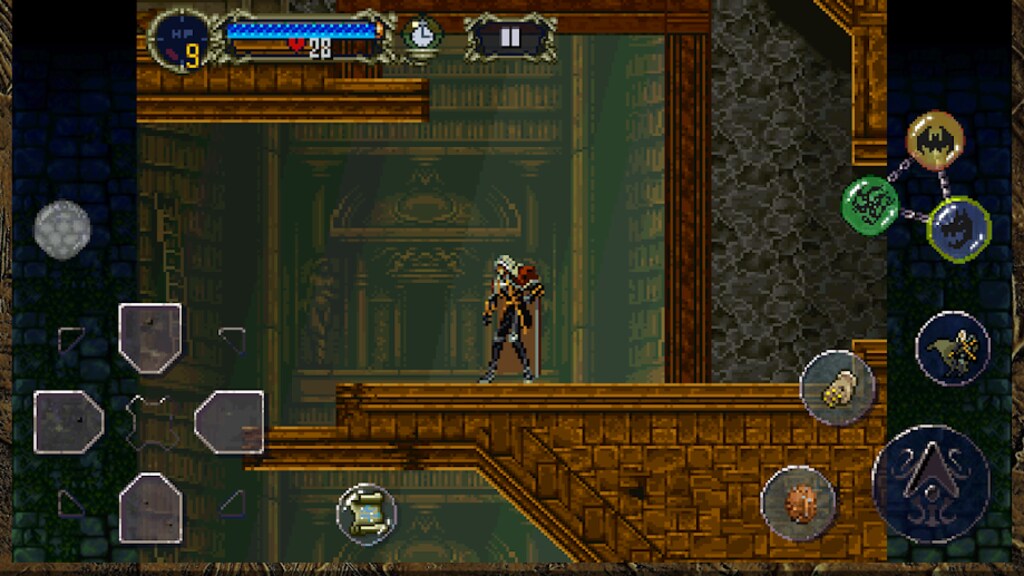
Dracula’s Castle in your Pocket: Castlevania: Symphony of the Night
Since its US debut on the NES in 1987, Konami’s Castlevania series has become one of the most popular video game franchises in history, having been released on nearly every major platform (including the Super NES, Genesis and GameBoy). The latest installment, Castlevania: Symphony of the Night for PlayStation, may well be the best 2D side-scroller ever made.
Plot details
Symphony takes place four years after Dracula X, the PC engine game in Japan that was never released in the US. Unlike most previous Castlevania games, Symphony has a protagonist who is not one of the Belmont. Even stranger, it turns out that our hero Adrian Fahrenheit (aka Alucard) is actually Dracula’s son.
The task is to explore Dracula’s castle (rumoured to only appear once every century) and find out why Richter Belmont, the hero of the first game (and descendant of the original Castlevania hero, Simon), has mysteriously disappeared. There are also quite a few monsters to kill along the way.
Attributes and functionality
Since the protagonist doesn’t have a whip, the gameplay has changed slightly compared to past Castlevania games. Several different weapons and items can now be used, each stored in an RPG-like inventory sub-screen. But Symphony imitates RPG in many ways.
Experience is gained by killing enemies. Attributes are boosted whenever Alucard levels up, which is a good incentive not to miss out on enemies when trying to move from one area to another. Special skills are learned by performing various moves using the control panel, which are subsequently saved in a list of moves on the sub-screen.
Many magical items can be found and used during the quest. However, even with the new attributes, the basics of the game are faithful to previous installments – smashing candles, collecting hearts and money (which can now be spent in the shop) and battling terrible enemies.
Perhaps the most important new feature added to Castlevania is the map system. Extremely similar to the one in Super Metroid, the map (which can be viewed at any time by pressing the ‘Select’ button) opens up room by room as you traverse the castle. An advanced map can be purchased which shows some of the areas yet to be visited, but it is limited and does not show any of the hidden parts of the castle.

Features
As with any good adventure game, many areas can only be accessed later in the journey. In particular, you can visit certain areas until 3 souls are found. These are exactly what Alucard can turn into. They are the souls of a wolf, a bat and a mist. Each can be used at any time for a small amount of magical power.
Needless to say, the graphics and music are gorgeous, which is to be expected from Konami. Dracula X’s anime-style look has been replaced with a more Roman approach, which adds an amazing depth to the game’s beautiful atmosphere. Every area comes alive with brightly animated enemies, gorgeous backgrounds with multiple levels of parallax scrolling and stellar special effects (of particular note are the lighting and fog effects used on certain levels).
The voice acting is good too, and the story is awesome. Castlevania: Symphony of the Night is one of the best games ever released, and a true testament to the fact that 2D gaming is not dead by any stretch of the imagination. The game is very large and will keep you engrossed for a long time.
